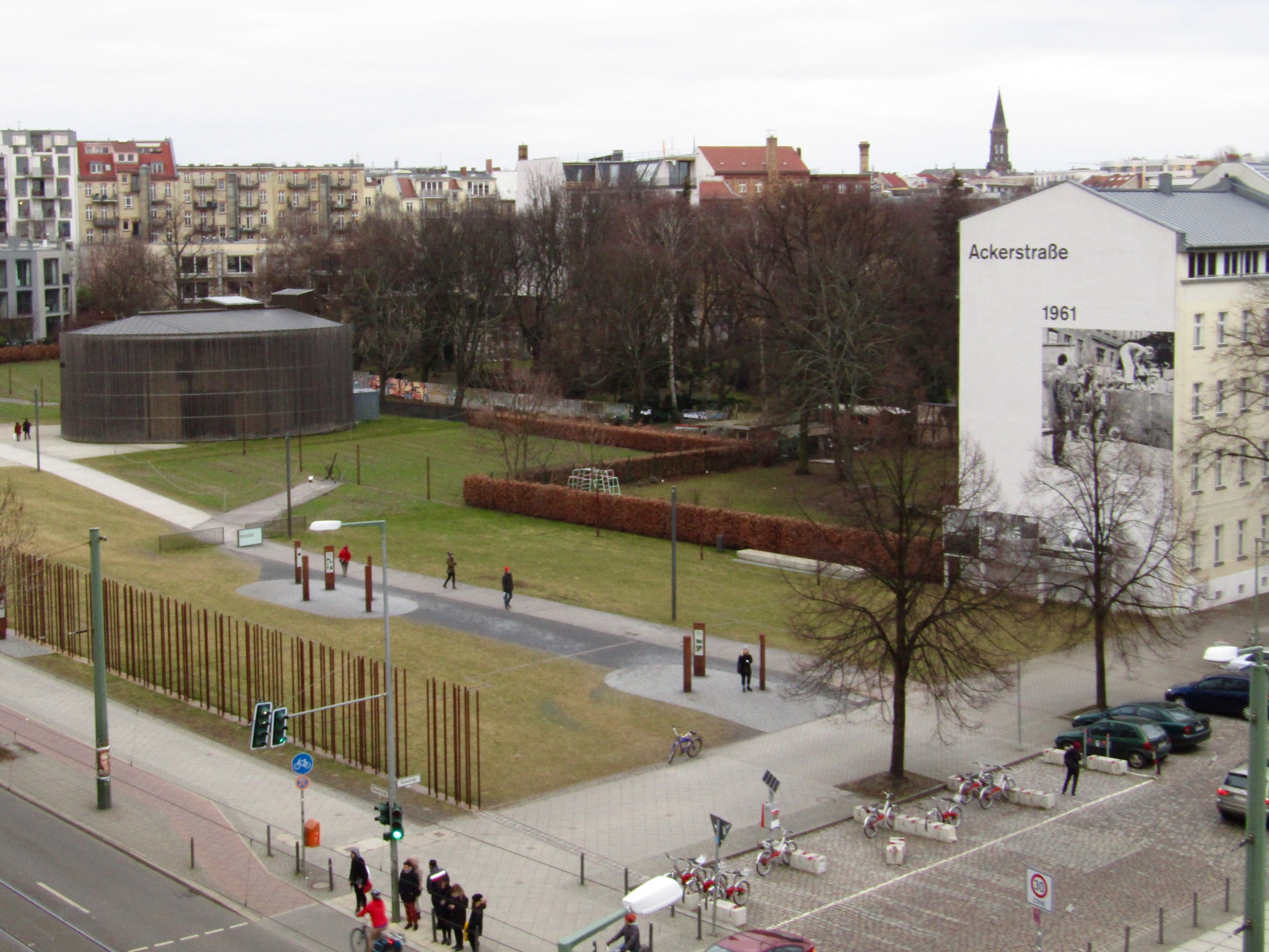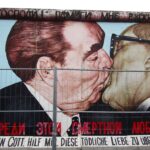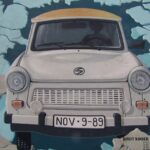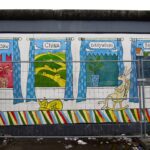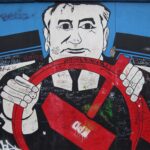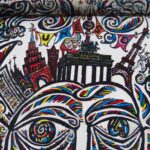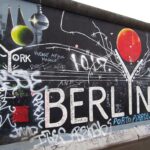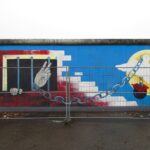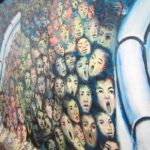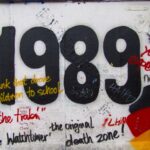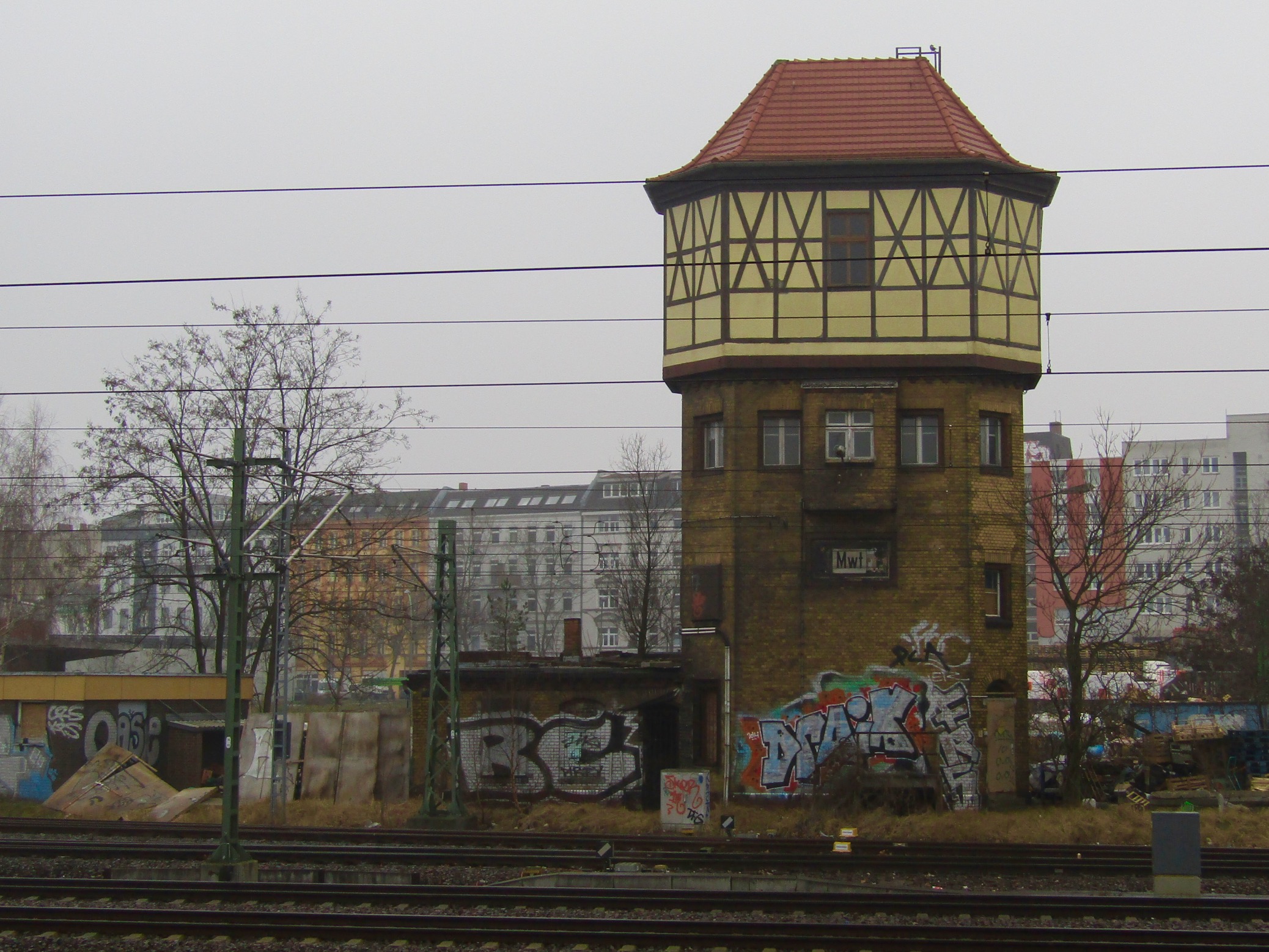Because of the way our flights worked out, we only had two full days in Berlin. It’s tough to balance seeing the “things” with getting to see some of the real city in such a short amount of time.
On day 22, our last in Berlin, we took the metro to the popular Kreuzberg neighborhood for its Turkish Market. Dozens of vendors sell everything from fresh produce to freshly-made Turkish food to fabrics and handmade goods. It was exactly what we needed to lift our cold and rainy spirits from the day before.
From there, we walked around the aptly-named Museum Island, home to many of Berlin’s top collections. At one point, about 20 police vans went screaming by. Armed officers lined the streets, closing off sections of the area. Eventually we gave up and moved on to the Berlin Wall Memorial near our Airbnb (affiliate link—sign up now and receive a discount on your first booking!).
We’d later discover that the police presence was due to an official state visit by Israeli Prime Minister Benjamin Netanyahu. The PM and his entourage beat us to the Memorial, but fortunately it was mostly open for us to move around.
The memorial is located around the only remaining original section of the wall. A guard tower and an area between the walls known as the “death strip” have been preserved as well. It’s a powerful memorial as it shows scenes from before, during and after and the impact it had on the Ackerstraße neighborhood.












More Photo of the Day posts from our January-March 2016 trip to Europe

